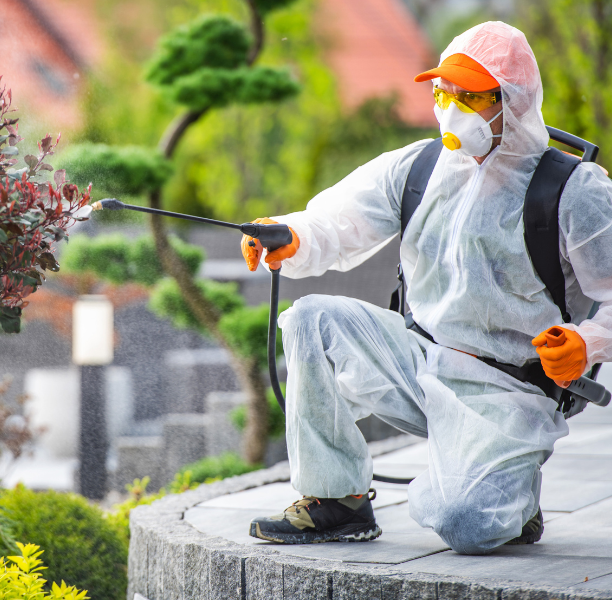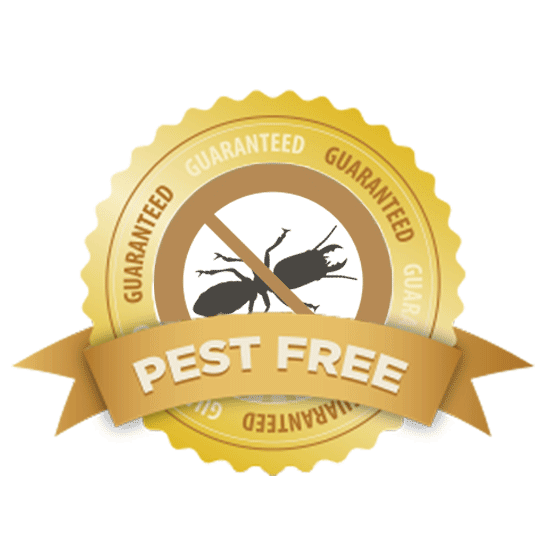Effective Coquitlam Pest Control Solutions for a Pest-Free Environment
Wiki Article
Safe and Dependable Parasite Control for Lasting Security
Effective parasite management needs a multifaceted method that stabilizes ecological integrity with the demand for efficient insect reductions. The subtleties of these approaches might not be promptly clear, motivating a closer examination of the practices that can lead to sustainable pest control end results.Comprehending Pest Control Techniques
Bug control encompasses a variety of methods focused on handling and removing undesirable pests and rodents that can endanger both health and wellness and building. Recognizing these approaches is important for efficient parasite management.
The key categories of pest control approaches include mechanical, biological, and chemical methods. Mechanical techniques involve physical obstacles and traps to avoid parasite access and capture unwanted types. Utilizing displays on windows or using sticky traps can substantially minimize parasite populations without introducing hazardous compounds - exterminator coquitlam.

Chemical bug control is frequently the most identified method, using pesticides to get rid of pests. These chemicals can be efficient however need to be used with caution to prevent negative results on non-target varieties and the setting.
Advantages of Eco-Friendly Solutions
Just how can environment-friendly services transform bug control practices? The fostering of environment-friendly pest control approaches provides countless benefits, significantly improving the effectiveness and security of pest monitoring.
An additional benefit is the favorable effect on local biodiversity. Environment-friendly solutions are developed to target certain parasites while preserving advantageous bugs and wild animals, advertising a well balanced ecosystem. This method lines up with the expanding customer need for lasting techniques, boosting the reputation of insect control suppliers.
Integrated Parasite Monitoring Strategies
The implementation of environmentally friendly services naturally results in the adoption of Integrated Insect Administration (IPM) techniques, which even more improve insect control effectiveness. IPM is a holistic method that combines several techniques to handle insect populaces while lessening environmental influence. This technique highlights the use of biological, cultural, mechanical, and chemical controls, ensuring a balanced and lasting technique of insect monitoring.One fundamental aspect of IPM is the comprehensive assessment of pest task and environmental conditions. By monitoring pest populations and recognizing their life cycles, practitioners can implement targeted treatments that interrupt the pest's environment or lifecycle, decreasing reliance on chemical pesticides. In addition, cultural techniques such as plant rotation and environment manipulation can significantly lessen insect facility and reproduction.
Another essential element is the use of organic control agents, such as helpful bugs or microorganisms, which can normally suppress bug populations. When chemical applications are needed, IPM prioritizes using low-risk pesticides and applies them uniquely, reducing direct exposure to non-target organisms and human beings.
Incorporating IPM methods not only enhances parasite control efficiency yet also advertises a safer ecological community, lining up with the expanding demand for lasting techniques in insect monitoring.
Safe Practices for Property Owners
Understanding the value of secure practices in parasite control can empower home owners to efficiently take care of bug concerns while protecting their health and wellness and the setting. Executing preventative steps and safe approaches is crucial in reducing direct exposure to unsafe chemicals.House owners ought to first assess their setting for conditions that bring in insects, such as standing water, clutter, and food waste. Routinely cleansing and sealing access points can deter pests from attacking the home. Using all-natural deterrents, such as necessary oils or diatomaceous earth, can offer reliable options to chemical pesticides.
When chemical treatments are necessary, homeowners must select products that are especially identified as safe for residential usage. It is vital to comply with application guidelines diligently to prevent overexposure. Using targeted therapies in areas where bugs are determined, instead than blanket splashing, can substantially lower chemical usage.
Lastly, preserving open communication with bug control professionals is crucial. Homeowners must ask about the safety of products made use of and request eco-friendly choices whenever feasible. By adopting these secure practices, house owners can create a healthier living setting while effectively handling pest problems.

Tips for Long-Term Defense
Establishing a bug monitoring strategy that highlights lasting protection can considerably boost the effectiveness of the risk-free techniques formerly discussed. To achieve this, house owners need to implement regular official website assessments of their property, concentrating on concealed areas such as attic rooms, basements, and crawl spaces. Early discovery of bug activity is vital in protecting against problems from holding.These techniques reduce attractants that attract parasites into the home. Securing access points, such as fractures around windows and doors, can properly block prospective bug accessibility.
Landscaping needs to likewise be thought about; keeping plants trimmed and preserving a range in between plant life and the home minimizes hiding places for insects. Utilizing natural deterrents, such as crucial oils or diatomaceous earth, can further dissuade invasions without turning to severe chemicals.
Last but not least, teaming up with a specialist parasite control service for periodic examinations can offer check that an added layer rodent elimination of security. These experts can offer tailored recommendations and advanced therapies, ensuring that your home remains secured versus parasites in the long term.
Conclusion
To conclude, secure and reliable insect control needs a multifaceted strategy that emphasizes environmentally friendly techniques and integrated insect monitoring. By applying natural deterrents, performing routine examinations, and maintaining proper cleanliness, homeowner can substantially minimize pest populaces while shielding helpful bugs and the setting. Partnership with expert bug control solutions improves the effectiveness of these methods, making certain tailored services that give long lasting defense and comfort against future problems.Effective parasite administration requires a diverse approach that balances eco-friendly integrity with the demand for reliable insect suppression. The adoption of environmentally friendly parasite control methods offers many advantages, dramatically improving the effectiveness and security of bug administration.The application of eco-friendly solutions normally leads to the fostering of Integrated Parasite Monitoring (IPM) strategies, which even more enhance parasite control effectiveness. exterminator coquitlam. By keeping an eye on pest populaces and identifying their life cycles, specialists can execute targeted interventions that interfere with the pest's habitat or lifecycle, minimizing dependence on chemical pesticides.In verdict, reputable and safe parasite control requires a complex strategy that emphasizes environmentally friendly techniques and integrated pest administration
Report this wiki page